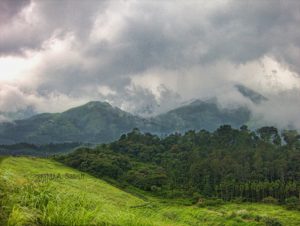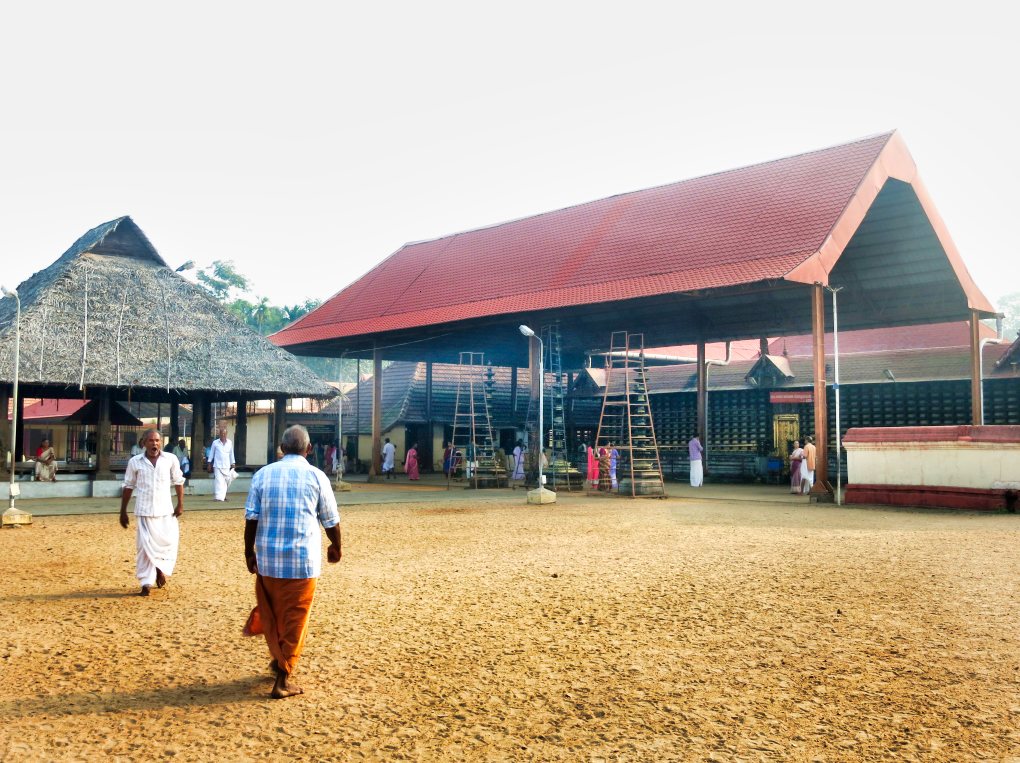Ambalapuzha Sree Krishna Temple dates back to the fifteenth century and draws devotees from Kerala and outside. The principal deity is Unnikrishnan (baby Krishnan).
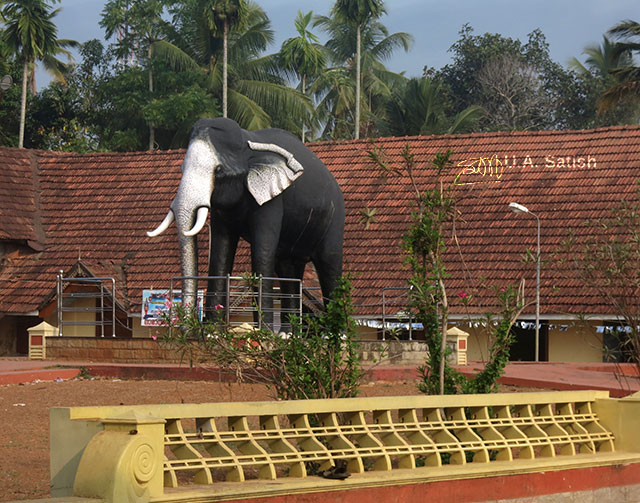
Temple Architecture in Ambalapuzha Sree Krishna Temple
The temple is a model of traditional Kerala architectural style. It has white-washed walls and a sloping copper-clad roof.. The Sreekovil (Sanctum Sanctorum) has no windows and only the priests can enter. The Sreekovil is within the four walls of the Nalambalam. The outer structure within the temple walls is known as Chuttuambalam. The priests use the well near the temple exclusively for pooja rituals.
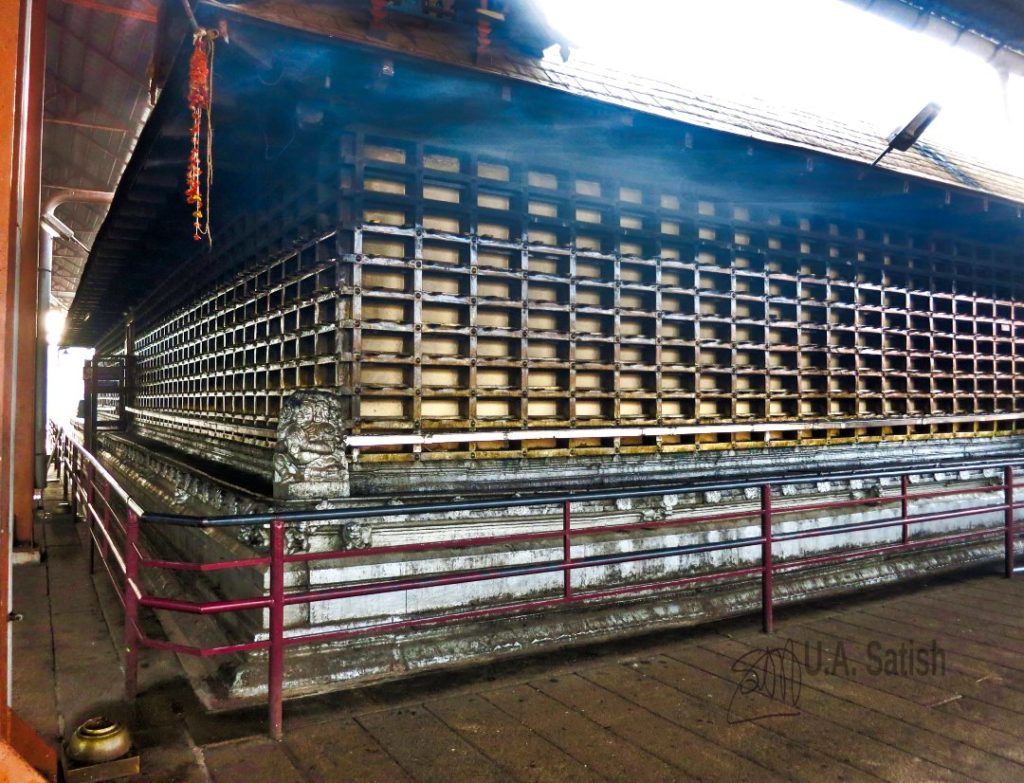
The temple is spread over a huge area. Visitors wash their feet at the large pond before entering the temple. It has two gates of entry: the eastern and western gates. The Western Gate has many shops and ample parking. The outer walls of the Nalambalam contains several rows of oil lamps. They are lit up at night on festival days. It is a splendid sight. The Nalambalam has two doors which have coverings of gold foil.
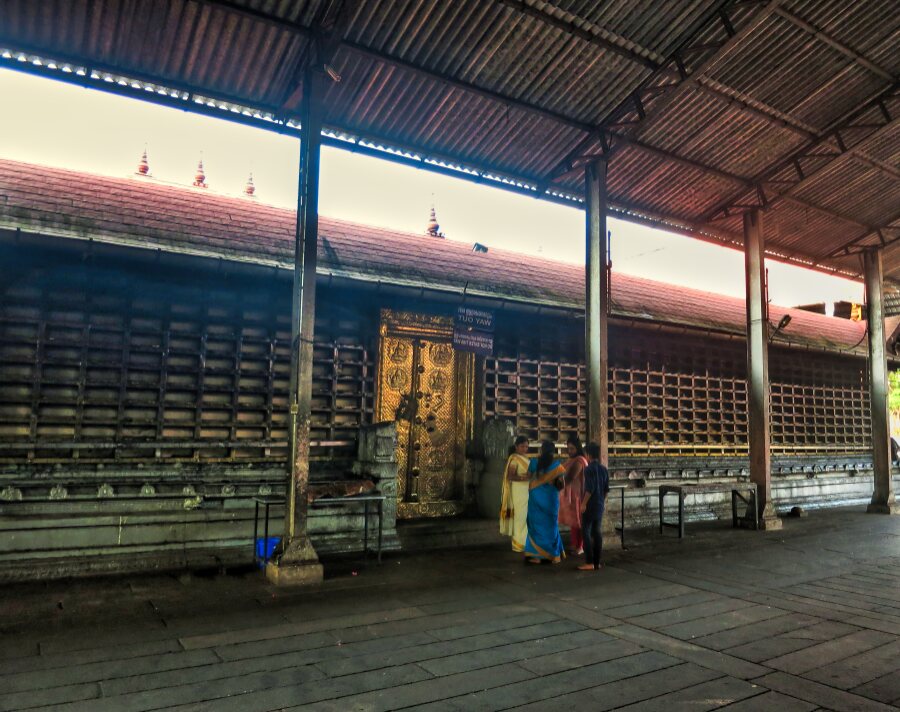
History of Ambalapuzha Sree Krishna Temple
Local ruler Chembakasserry Pooradam Thirunal Devanarayanan Thampuran built the temple in AD 15 century. The idol at Ambalapuzha resembles Parthasarthi with a whip in his right hand and a shankhu (sacred conch) in the left. This temple has close links to Guruvayoor Sree Krishna Temple. During the invasion of Tipu Sultan in 1789, the idol of Sri Krishna in Guruvayoor Temple was carried to Ambalappuzha Temple for safe custody.

Next to the temple is a big pond. The devotees wash their feet and hands before entering the temple.
Kunjan Nambiar’s Mizhavu
The popular Malayalam poet Kunchan Nambiar created the art form of Ottam Thullal in the premises of Ambalappuzha Temple. Mizhavu is a big copper drum used as a percussion instrument in performing arts. The drum is played only with hands. Visitors can view Kunjan Nambiar’s Mizhavu in an enclosure within the Koothambalam.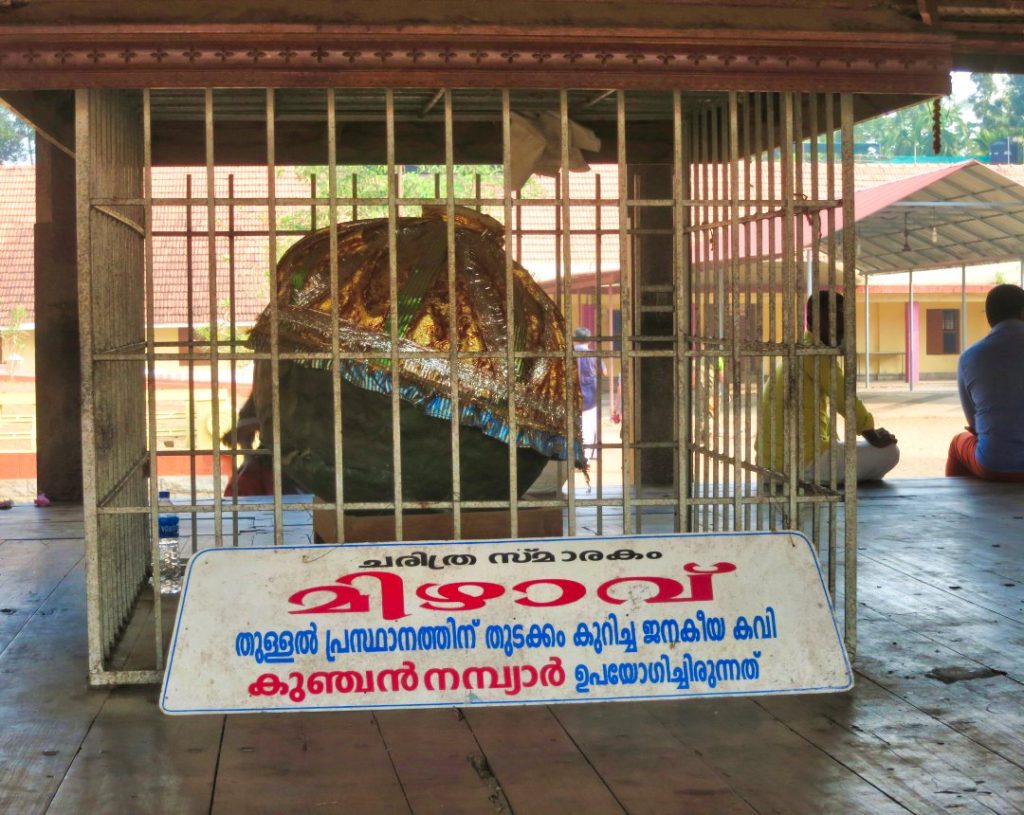
Kodimaram at Ambalapuzha Sree Krishna Temple
The Kodimaram (flag post) has a core of special teak. The teak wood undergoes a notable curing process. The medical oil for the curing process takes in a large number of herbs. They immerse the teak wood for six months in a large vessel filled with the oil. At the end of curing period, the wood gets a covering of gold foil. The hoisting of a flag on top of the Kodimaram signals the beginning of temple festival.
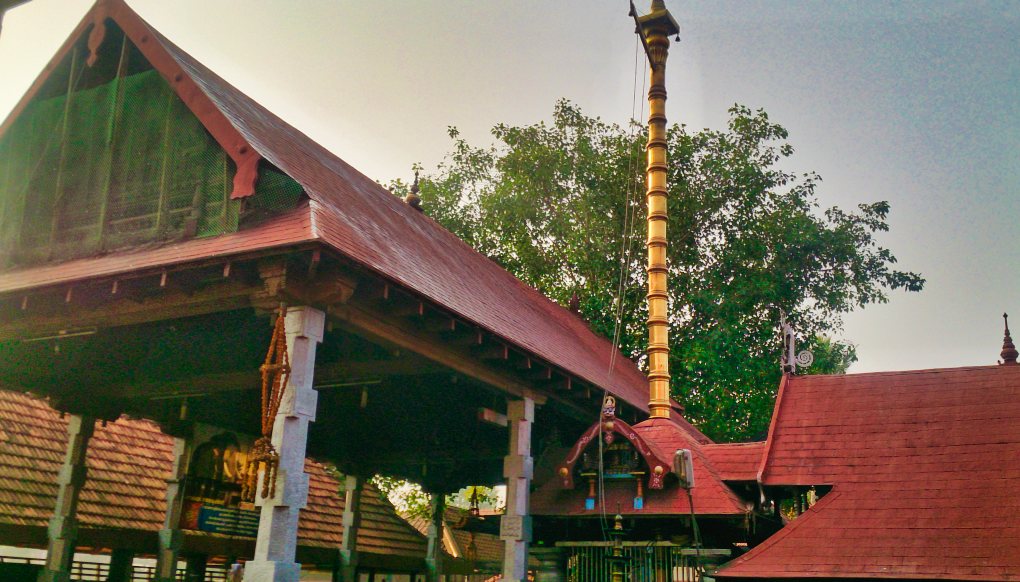
Guruvayoor Nada
In 1789 AD, Tipu Sultan attacked Guruvayoor Temple. In order to protect the deity, the authorities concealed the idol underground and shifted the Utsava Murthy to Ambalapuzha Sri Krishna Temple. The idol was seated on the south nada at Ambalapuzha. That location is now known as Guruvayoor Nada.
Ambalapuzha Palpayasam
The prasadam of the temple is Palpayasam. It is famous for its distinctive pink colour as well as sublime taste. The temple’s own cow farms supply the milk for Ambalapuzha Palpayasam. The taste of Ambalapuzha payasam comes from the water of Manikkinar, local cow milk and red rice. Manikkinar is the sacred well within the temple complex. It is inside a walled enclosure with a padlocked door.
The prasadam can be acquired in one-litre containers after the morning pooja gets over at 12 noon. Distribution of the palpayasam is on a first-come-first-served basis from the prasadam delivery counter. The belief is that Sree Guruvayoorappan visits the temple every day at noon for the palpayasam.
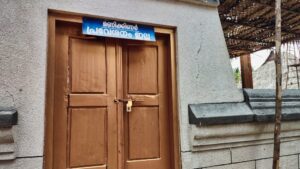
Pre-booking of the Palpayasam is feasible. Devotees can book the payasam by sending a money order to The Administrator, Ambalapuzha Devaswom, State Highway 12, Ambalapuzha 688 561, Kerala. Phone: +91 477 227 2090.
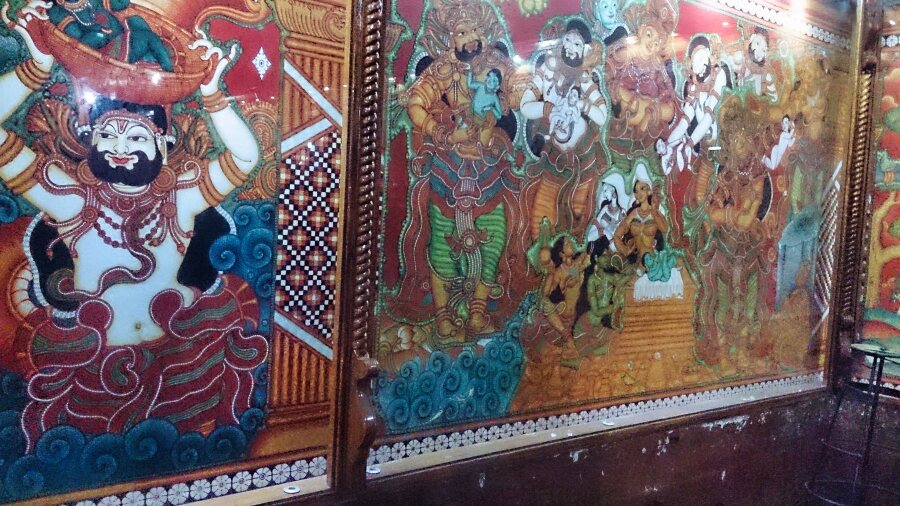
Devotees can see murals of the Dashavatharam (the ten incarnations of Lord Vishnu) on the inner walls of the Nalambalam.
Principal Festival
Ambalapuzha Arattu is the main festival at the temple. It takes place for ten days during the Malayalam month of Meenam (March–April). The festival is well-known for the processions by several caparisoned elephants. The main Arattu Utsavam takes place on the Thiruvonam day in Meenam. An attractive feature of the festival is the Velakali which is a unique martial dance form.
Champakulam Boat Race takes place on the Prathista Day (idol installation day) of Ambalapuzha Sree Krishna Temple.
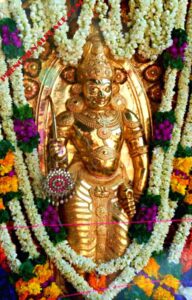
Temple festivals in Kerala are perhaps incomplete without caparisoned elephants. The elephant Ambalapuzha Ramachandran was famous. His sculpture on the temple grounds is majestic.
Temple timings are 4:00 am to 12:00 noon and 5:00 to 8:00 pm.
Dress Code
The temple has a dress code. Ladies can enter the temple in saree or salwar kameez (commonly called churidar). Men can wear dhoti or trouser. But the upper body should be bare (no shirt and baniyan).
Getting There
The temple is 14 km from Alappuzha. By road, you will reach in 26 minutes. Trains take 12 minutes. Cochin International airport is 96 km from Ambalapuzha (2h30m). Thiruvananthapuram is 120 km to the south. Ambalappuzha railway station (station code: AMPA) is an NSG–5 category railway station. Fast trains link Ambalapuzha to all parts of India.
If you liked the post, you could…
Join more than 5,000 fans of UASATISH by liking us on Facebook, or follow us on Twitter and Instagram.
Related Posts

